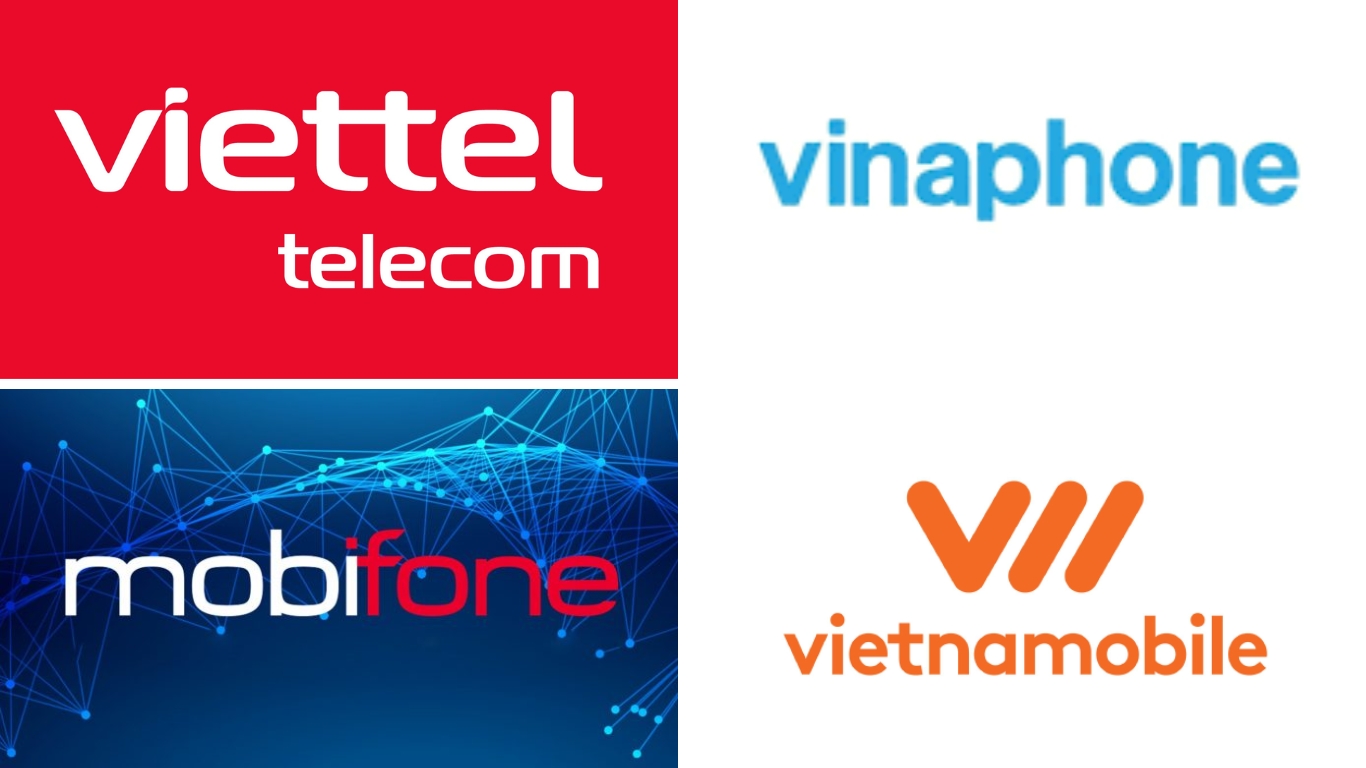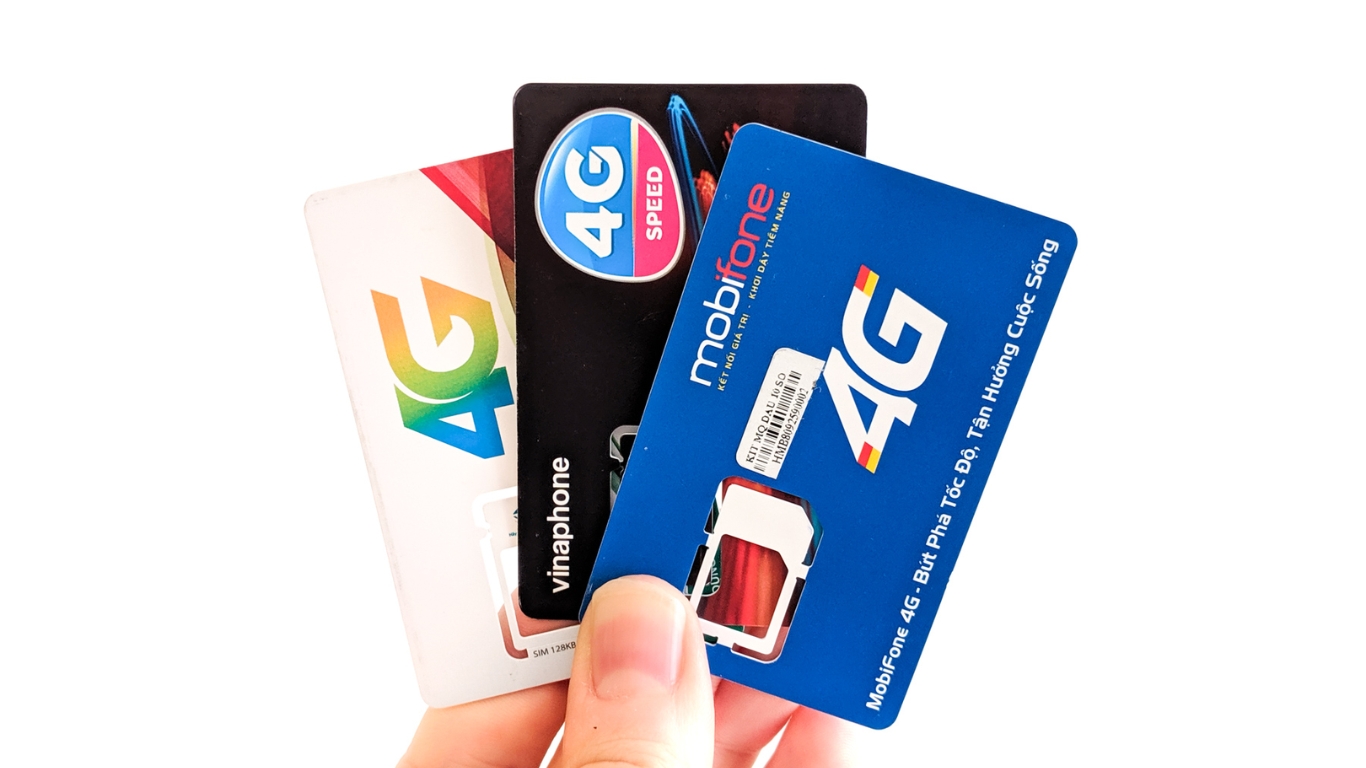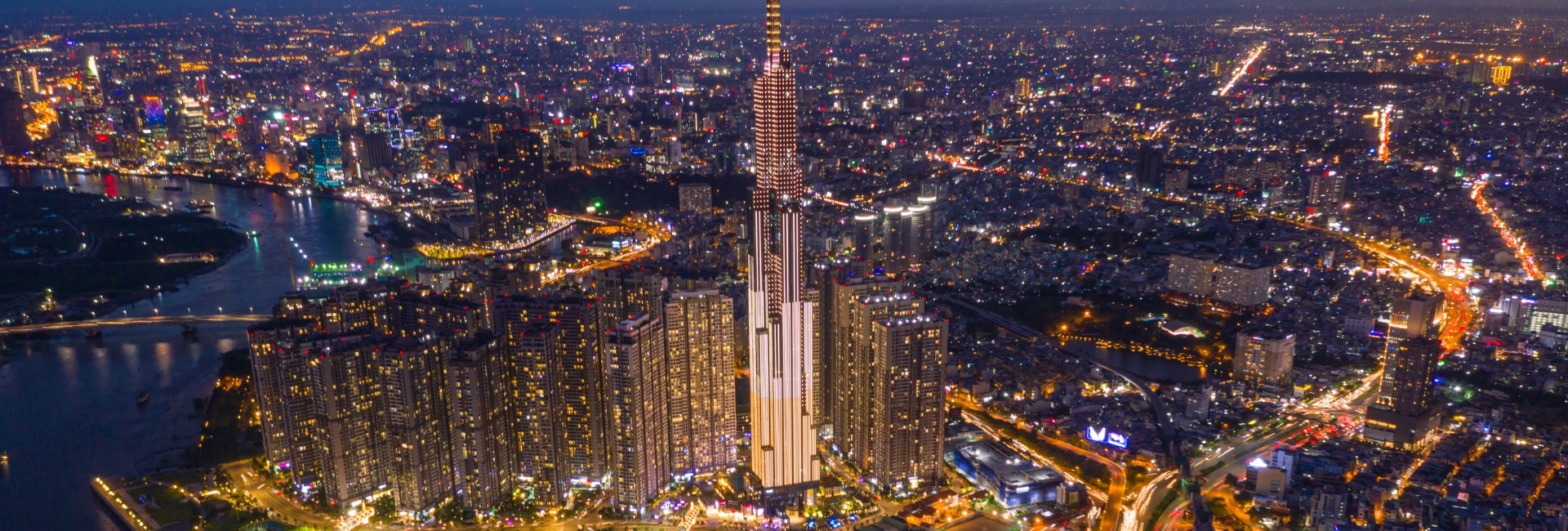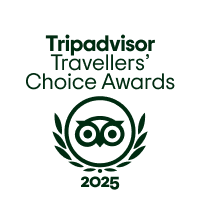Vietnam is quickly becoming a tech-savvy destination, making mobile connectivity essential for travelers. As you explore the vibrant streets of Hanoi and Ho Chi Minh City, you’ll find digital payment systems and rideshare apps everywhere. Local SIM cards and affordable data plans make it easy to stay connected. Whether you’re ordering pho through GrabFood or navigating to Phu Quoc’s beaches, a smartphone is your must-have companion for experiencing the best of this dynamic country. Let’s explore how to get a smooth experience for mobile when visiting Vietnam!
Mobile Operators in Vietnam
Vietnam has four major mobile operators dominating the telecommunications market. Each offers different packages tailored to tourists’ needs, with varying coverage and pricing options.

Here’s a detailed comparison of Vietnam’s mobile operators:
| Operator | Pros | Cons | Best for |
| Viettel | – Widest coverage nationwide – Strong signal in remote areas – Reliable 4G/5G in cities | – Slightly higher prices – Can be busy during peak hours | – Long-term travelers – Adventure tourists – Rural explorers |
| Vinaphone | – Fastest data speeds – Excellent urban coverage – Good English support | – Limited rural coverage – Higher package prices | – City travelers – Digital nomads – Business travelers |
| Mobiphone | – Budget-friendly options – Good urban coverage – Simple plans | – Limited rural coverage – Slower speeds in some areas | – Budget travelers – Short-term visitors – Basic internet users |
| Vietnamobile | – Cheapest plans – Sufficient for basic needs | – Limited coverage – Slower speeds | – Budget travelers – City-only visitors |
So, which is the best mobile network in Vietnam?
Viettel stands out as the best overall mobile network in Vietnam, especially for travelers. With a 54.2% market share and nationwide coverage reaching even remote areas, it’s the most reliable choice for staying connected throughout your journey. While slightly more expensive than other options, Viettel’s extensive coverage and stable connection make it worth the extra cost, particularly if you plan to explore beyond major cities.
Is there 4G network in Vietnam?
Yes, Vietnam has extensive 4G coverage, particularly in urban and tourist areas. The country recently launched 5G services, with Viettel pioneering the rollout in October 2024. Currently, 4G remains the most common network type, offering speeds that surpass those in many developed countries.
Network coverage breakdown:
- 4G: Available in most urban areas and tourist destinations
- 5G: Currently expanding in major cities, such as Hanoi, Saigon, etc.
- LTE: Still available as backup in remote areas
Vietnam ranks 43rd globally for mobile speeds, outperforming Hong Kong, Thailand, and the UK, with average download speeds around 153 Mbps.
How can I get a SIM card when traveling in Vietnam?
Getting a SIM card in Vietnam is straightforward and affordable. Here are your options:
- Airport Purchase: The most convenient option – providers have booths in arrival areas at international airports in Hanoi, Ho Chi Minh City, Danang, and Phu Quoc.
- Official Stores: Visit carrier stores in city centers for potentially better prices. You can search for the nearest store on Google Maps.
To get the SIM Card for traveling in Vietnam, here are the requirements:
- Your passport
- Payment (cash or card)
- An unlocked phone
Tourist packages typically start from 70,000d (US$2.76) for basic plans to 200,000d (US$8) for premium packages with more data and call time.

What about the wifi?
WiFi availability in Vietnam is impressively widespread and generally free. And you can easily access it by asking staff. Here’s what you can expect:
- Hotels/Hostels: Free WiFi standard, though speed varies by establishment
- Cafes/Restaurants: Nearly universal free WiFi with passwords displayed
- Shopping Malls: Free public WiFi common
- Airports/Stations: Free WiFi available
- Speed: Average 153 Mbps download, 128 Mbps upload
However, you still should prepare for a SIM (or eSIM) when traveling in Vietnam which has data due to wifi quality in some hotels may not be good enough. Here are Hotel WiFi quality varies for your reference:
- Luxury hotels: Generally excellent
- Mid-range: Usually reliable
- Budget: May be limited to common areas
Calling in Vietnam
When it comes to making calls in Vietnam, travelers have a few convenient options. You can use a SIM card (or eSIM) for data to access Internet and call by common mobile App such as WhatsApp, Messenger, Line, Kakaotalk, Skype, etc. You can also use prepaid credit for international calls. When answering the phone, a common greeting is “a lô.”
Besides, for emergency situations, be aware of the following important numbers in Vietnam:
| Service | Emergency Number |
Police | 113 |
| Fire | 114 |
| Ambulance | 115 |
| Search and Rescue | 112 |
| Child Protection | 111 |
Stay connected and informed while exploring the incredible landscapes of Vietnam!
>> What to pack in Vietnam before going? Read more: Ultimate Vietnam Packing List: All you need to bring before going
FAQs
Is MobiFone better than Viettel?
No, Viettel generally offers better coverage and reliability than MobiFone. However, MobiFone provides good value for budget-conscious travelers staying in urban areas.
Can I use mobile data in Vietnam?
Yes, mobile data is widely available and reliable in Vietnam, with extensive 4G coverage and emerging 5G networks in major cities.
Which is the fastest network in Vietnam?
Vinaphone currently offers the fastest data speeds, with average download speeds of 31.8 Mbps, followed closely by Viettel at 25.7 Mbps.
Is it worth getting SIM card in Vietnam?
Yes, getting a local SIM card is highly recommended. It’s affordable, provides better coverage than international roaming, and offers convenient access to local services and apps.
Can I use my cell phone in Vietnam?
Yes, most foreign phones work in Vietnam as long as they’re unlocked. Just ensure your device is compatible with Vietnamese networks (most modern phones are).
Does AT&T work well in Vietnam?
AT&T phones will work in Vietnam through roaming partnerships, but using a local SIM card is more cost-effective and provides better service.
Stay safe while using your phone in Vietnam by being cautious with public WiFi for sensitive transactions and keeping your device secure in crowded areas. Download essential apps like Grab (for transportation) and Google Maps offline before your trip for a smoother travel experience.
>> Read more for the complete Vietnam travel guide: 12 days in Vietnam: Perfect Itinerary & Comprehensive Travel Guide
>> Beyond Vietnam: Vietnam and Cambodia 2 Weeks: Perfect Itinerary & Complete Travel Guide
Thuy Dang – From Indochina Voyages








